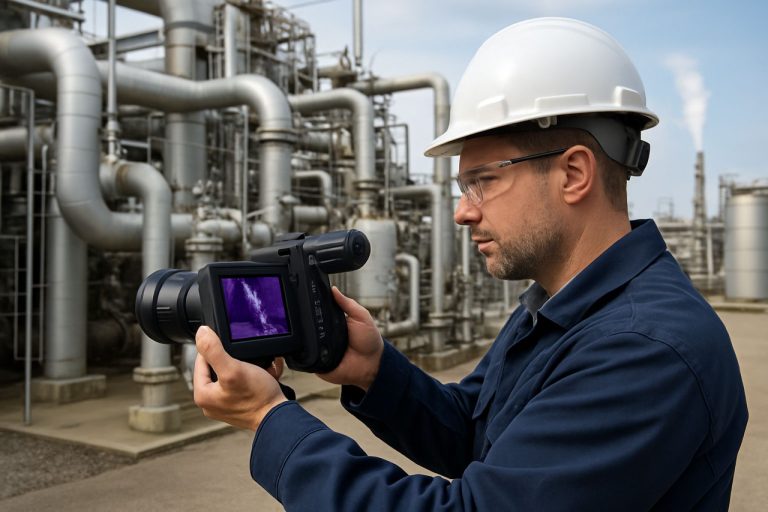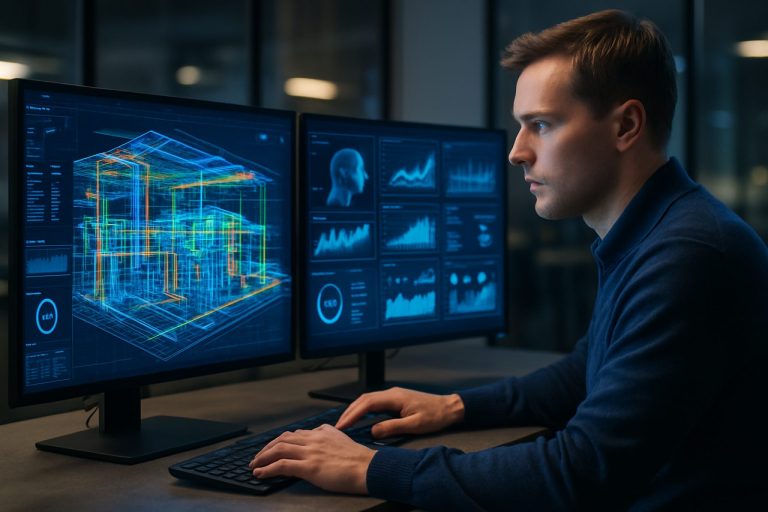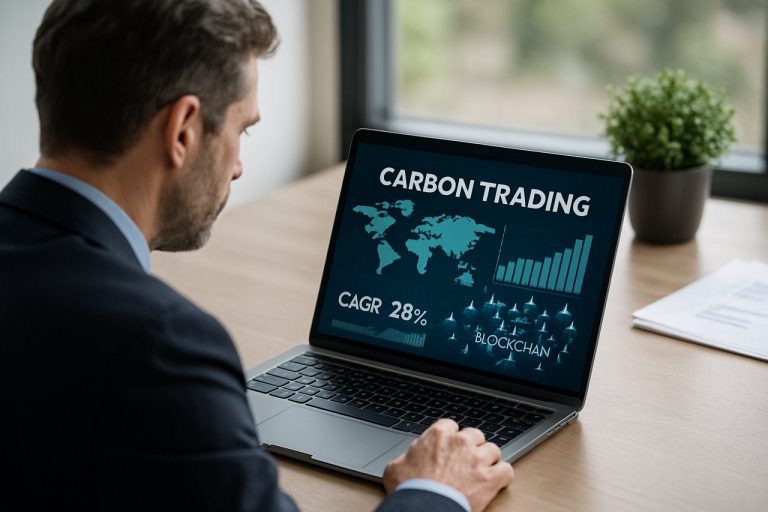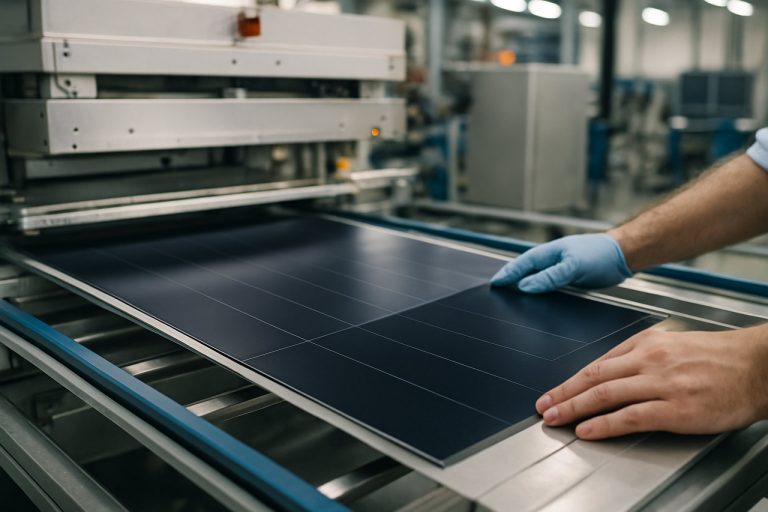
- Indonesia’s mining industry is undergoing a transformation driven by AI and IoT, led by Indosat Ooredoo Hutchison (IOH), aiming for sustainability and innovation.
- The “Indonesia AI Day for the Mining Industry” highlighted how technology can enhance efficiency, safety, and global competitiveness in mining operations.
- Government commitment, articulated by Minister Rosan Roeslani, focuses on talent development and favorable policies to boost AI across various sectors.
- IOH’s strategic vision, led by CEO Vikram Sinha, positions the company as a pivotal force for technology-driven change in the mining sector, emphasizing sustainability.
- Technological advancements promise to improve supply chains across industries, impacting retail with stable pricing and availability.
- Collaboration is essential to building a digital mining ecosystem, with stakeholders urged to invest in a tech-savvy workforce to ensure inclusive growth.
- Indonesia positions itself as a leader in resilience, innovation, and sustainability, inspiring global change.
Beneath the vast canopy of Indonesia’s lush landscapes, a revolution brews in the echoing depths of its mines. Indosat Ooredoo Hutchison (IOH) stands at the forefront of this transformation, unleashing the power of artificial intelligence (AI) and the Internet of Things (IoT) to redefine the nation’s mining industry. As operators harness technology to unearth resources with unprecedented efficiency, an era of sustainable growth and innovation dawns on the archipelago.
Under a vibrant banner celebrating the future of mining, the recent “Indonesia AI Day for the Mining Industry” convened a dynamic mix of industry leaders, government officials, and tech pioneers. The gathering, underscored by the palpable buzz of possibility, showcased how AI and IoT could streamline operations, enhance safety, and propel Indonesia towards global competitiveness. Central to the discussions was the vision of integrating technology to not only boost productivity but also align with eco-friendly practices.
Government representatives, including the influential Minister of Investment and Downstreaming, Rosan Roeslani, seized the moment to emphasize the government’s steadfast commitment to this digital pivot. With promises of nurturing talent and crafting favorable policies, the government aims to bolster AI endeavors across sectors, ensuring that Indonesia’s industrial landscape evolves in step with global advancements.
IOH’s strategic vision, directed by President Director and CEO Vikram Sinha, reveals a compelling roadmap. Sinha articulated a future where Indosat isn’t merely a telecommunications giant but a catalyst for technology-driven transformation in mining, fostering a landscape where innovation meets sustainability. By accelerating AI adoption, IOH seeks to create an intelligent, secure, and digitally adept mining ecosystem.
The implications of this techno-industrial shift extend beyond mining. As AI-driven efficiencies filter through the supply chain, sectors like retail stand poised for transformation. Improved material supply chains promise stable pricing and consistent product availability, offering consumers a glimpse of a future where technology-driven sustainability becomes the norm. This forward leap not only redefines industry expectations but also sets new benchmarks for environmental responsibility, reshaping Indonesia’s economic landscape.
As the dust settles post-conference, a chorus of calls for collaboration echoes across sectors. The consensus is clear: only through unified efforts can Indonesia build a formidable digital mining ecosystem. Stakeholders are urged to invest in creating a tech-savvy workforce, equipped to navigate this new landscape, ensuring that the fruits of AI-driven mining herald inclusive growth and shared prosperity.
In embracing this future, Indonesia takes a significant step toward reshaping its destiny, crafting a narrative of resilience, innovation, and sustainability that stands ready to inspire the world.
The Digital Revolution in Indonesia’s Mining Industry: How AI and IoT are Paving the Way to a Sustainable Future
Embracing Technology: How AI and IoT Are Transforming Indonesia’s Mining Sector
Indonesia’s mining industry is on the cusp of a groundbreaking transformation, driven by the integration of Artificial Intelligence (AI) and the Internet of Things (IoT). As these technologies streamline operations, enhance safety measures, and improve efficiency, they position Indonesia for global competitiveness while promoting sustainable growth.
Enhancing Safety and Efficiency
AI and IoT bring numerous benefits to mining by optimizing processes and ensuring real-time monitoring. Smart sensors and machine learning algorithms can predict equipment failures, reducing downtime and enhancing worker safety. According to McKinsey, predictive maintenance via AI can decrease expenses by 10-40% while increasing machine uptime by 10-20%.
Eco-Friendly Practices and Sustainability
The integration of AI promotes environmental responsibility. For instance, AI systems can enhance resource management, reducing waste and minimizing the environmental impact. This aligns with Indonesia’s broader drive for eco-friendliness, as highlighted by Rosan Roeslani, the Minister of Investment and Downstreaming during the “Indonesia AI Day for the Mining Industry.”
Workforce Development: Preparing for the Future
For successful implementation, it is crucial to invest in workforce development. Offering training programs to equip workers with digital skills will ensure that they can effectively navigate and leverage AI and IoT technologies. To bolster these initiatives, governmental support is essential in crafting policies that encourage human capital development.
Real-World Use Cases and Success Stories
Countries like Australia and Canada have already seen significant benefits from similar technological integrations in mining. For instance, Rio Tinto’s deployment of AI has led to improved ore quality forecasting, showcasing the potential outcomes for Indonesia.
Market Forecasts and Industry Trends
According to a report by Grand View Research, the global mining automation market is expected to grow at a compounded annual rate of 7.3% from 2020 to 2027. As an emerging leader in adopting these technologies, Indonesia is well-poised to gain a competitive edge and attract foreign investment.
Pros and Cons Overview
Pros:
– Increased operational efficiency
– Enhanced safety and reliability
– Reduced environmental impact
– Data-driven decision-making
Cons:
– High initial investment
– Need for skilled workforce
– Potential risks in cybersecurity
Controversies and Limitations
Despite the advantages, there are concerns about privacy and data security. Companies must implement robust cybersecurity frameworks to protect sensitive information. Additionally, the high cost of technology can be a barrier for smaller players in the market.
Actionable Recommendations
1. Invest in Training: Develop programs to train workers and equip them with essential digital skills.
2. Collaborate across Sectors: Engage in partnerships with technology providers, educational institutions, and governmental bodies to foster innovation.
3. Implement Strong Security Measures: Prioritize cybersecurity to protect both operational data and worker safety.
4. Adopt Eco-friendly Practices: Leverage AI to enhance resource efficiency and reduce the environmental footprint.
Conclusion
As Indonesia harnesses the power of AI and IoT, it is setting the stage for a thriving, digitally-savvy mining industry. By addressing potential challenges and maximizing the opportunities these technologies offer, Indonesia can lead the charge towards a more sustainable and competitive industrial future.
For more insights into technological advancements shaping industries worldwide, visit Forbes.



